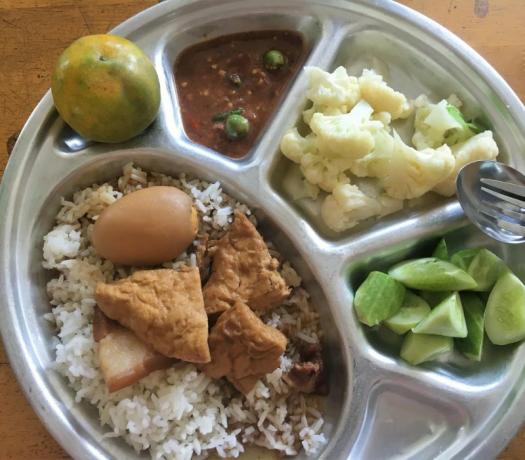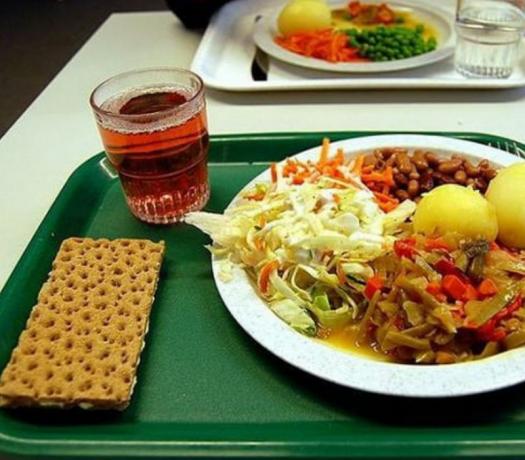the snack school It is a fundamental stage of the students' day, as it is time to recharge your batteries with a good meal. For many children and teenagers, school meals are even more important, due to the small amount of food at home. And, as each country has its own culture, see what school lunches are like in other countries around the world.
see more
Unmask the fakes: 6 common phrases used by fake people
Find out once and for all what the symbols of…
Check the preferences of each nation when it comes to feeding children and adolescents in schools.
Brazil
In Brazil, school lunches are very important, as they help to children who cannot eat properly at home, due to their situation of vulnerability Social.
And, as the culture of our country favors complete meals, the children's school lunch consists of beans, rice, chicken, meat and juices. There are also cookies with milk, coffee and other mid-day options.

thailand
Children's food in Thailand has several vegetarian options that are divided between tofu, soy, egg, soups, rice and spices. But there is also room for meat, such as pork.

Russia
In Russia, meals are made up of foods that focus on carbohydrates, such as the famous potatoes. Eggs, breads and sausages are also present on the menu, in addition to the inclusion of fruits and juices.

U.S
Just as we see in the movies, school lunches in the United States are made up of unhealthy options for children and teenagers, such as pizza, hamburgers and chicken fingers.

Finland

A Nordic country located in Europe, Finland favors vegetarian main dishes, with a non-vegetarian option, vegetables, soups, breads and fruits.
Japan

An eastern country with centuries-old customs, Japan maintains the tradition of combining carbohydrates and proteins in children's school lunches, with a preference for fresh foods, such as salads and vegetables. Fish, eggs and rice are also on the plate.
Kenya

A country located on the African continent, Kenya usually provides food for children to also prevent school dropout, with support from non-governmental organizations and the community. The predominant snack is a mixture of white beans with broth and corn for the children.
South Africa
Keeping in line with countries like Brazil, South Africa provides meals based on complex foods for children, with a combination of proteins, such as fish, and carbohydrates, usually rice. It is common to have fruits and vegetables on the menu.
Argentina
In Argentina, a country known for the strong presence of meat in meals, it presented its school lunch program in 2005. Today, the food provided in the country favors the regional culture, with milk sweets, puddings and sandwiches.
Portugal
In Portugal, children are usually encouraged by the school to consume everything that is available on the menu, such as fruits, yogurts and soups before the main course, lunch. This, in turn, consists of proteins, carbohydrates, salads and bread with a glass of milk at snack time.
It is a meal very similar to the food in Brazil.
Pakistan
In Pakistan, the custom is that meals are prepared at home and taken to schools for consumption, unlike many countries that provide food on site. The menu usually includes foods typical of the region, made with meat and eggs and carbohydrates, such as rice and pasta.
Indonesia
A country on the Asian continent known for its paradisiacal landscapes, Indonesia provides foods simple items for school lunches, like fruit and fried chicken. However, there is still no strong culture to provide food to students in the country.
Canada
One of the largest countries in the world in terms of territory, Canada, unlike Brazil, does not have a school feeding program as a state policy. Thus, it is the parents who add snacks to their children's lunch boxes, which must not contain ultra-processed foods or fast food.